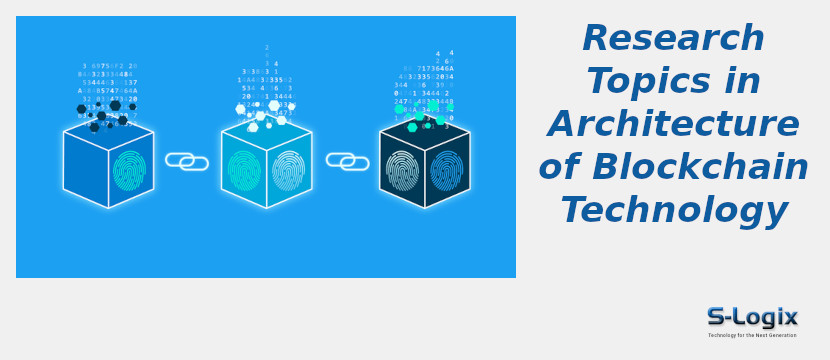Millions of internet-enabled network entities construct blockchain technology. Blockchain technology comprises a distributed architecture without necessitating centralized authority. In blockchain technology, each transaction is authorized distributive and is recorded in the form of a distributed immutable ledger. The blockchain architecture comprises a sequence of blocks that carry the authorized transaction records of unknown entities. Each block is linked with previous blocks, and the first block of a blockchain is referred to as the parent block. The blockchain maintains the blocks with timestamps to control the length of the blockchain sequence.
Fundamental components of blockchain architecture are listed as follows.
• Node or entity
• Transaction or record
• Block
• Chain or sequence
• Miners
• Algorithm and Protocol (Consensus)
Based on the block construction and update, the blockchain architecture is categorized into three types that are,
Public: It is open-source, and the entities do not need permission to maintain and obtain the blocks of the chain to verify the transaction records.
Private: It allows a certain group of authorized entities to obtain the blocks of the blockchain. The entities should have to get permission to leave and join the network.
Consortium: In this type, the entities view the information of blocks without permissions, whereas they should get permissions to join and leave the network.
Some of the use cases of blockchain architecture are as follows.
• Smart Contracts
• Internet of Things
• Shared Economy with Decentralization
• Managing the Transportation
• Crowdfunding
• Maintain the healthcare records
• Manages the supply chains
